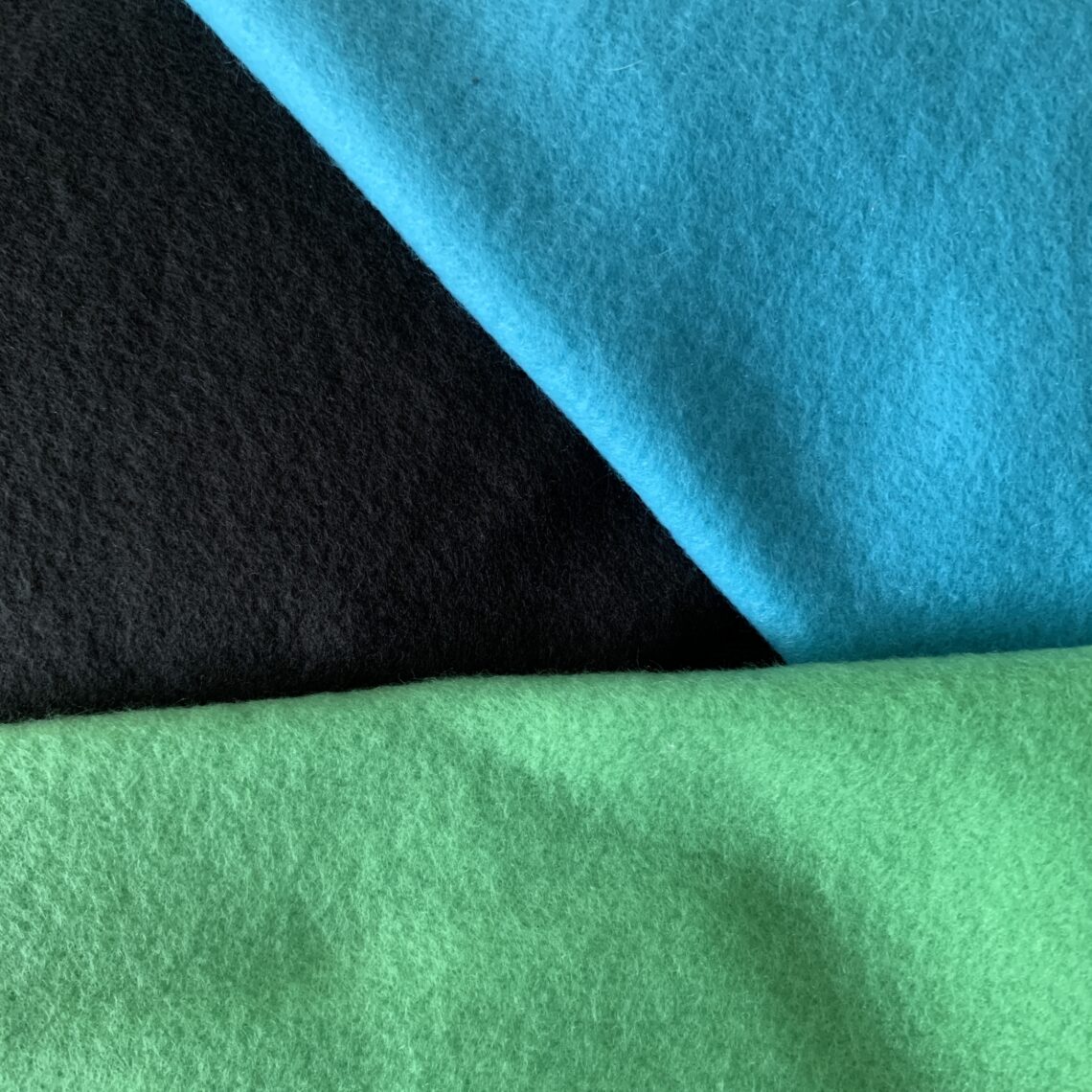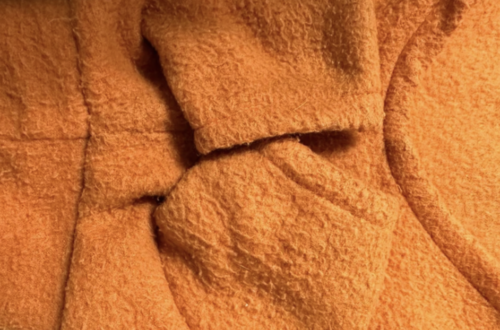Fleece fabric, as we know it today, is a synthetic textile developed in the late 20th century. It’s loved for being soft, lightweight, warm, breathable, and machine-washable. The majority of the pet clothing I sell at ClassicBark is made from fleece.
Origins in Synthetic Fibers
The story of fleece begins with the invention of polyester in the 1940s, a man-made fiber created from petroleum-based chemicals. Polyester was initially stiff and shiny, but over time, scientists found ways to make it softer and more versatile.
The Breakthrough: Malden Mills & Patagonia
The real innovation occurred in the late 1970s to early 1980s, when a textile company called Malden Mills (now Polartec) developed a new type of knitted polyester fabric that was brushed to create a fluffy, insulating, and moisture-wicking fabric — the first modern fleece.
In 1981, Malden Mills partnered with the outdoor clothing company Patagonia, which helped make fleece jackets a huge hit among hikers, campers, and athletes. Patagonia called it “Synchilla” (synthetic chinchilla), and it became wildly popular.
Eco-Friendly Evolution
Fleece became even more significant in the 1990s when it started being made from recycled plastic bottles, reducing waste while keeping all the benefits of the fabric. Patagonia was again a leader in this movement.
Today’s Uses
Fleece is used not only in jackets and blankets but also in pet sweaters, hats, mittens, baby clothes, and performance wear. It’s especially popular in activewear and cold-weather gear because it provides warmth without the weight of wool.



